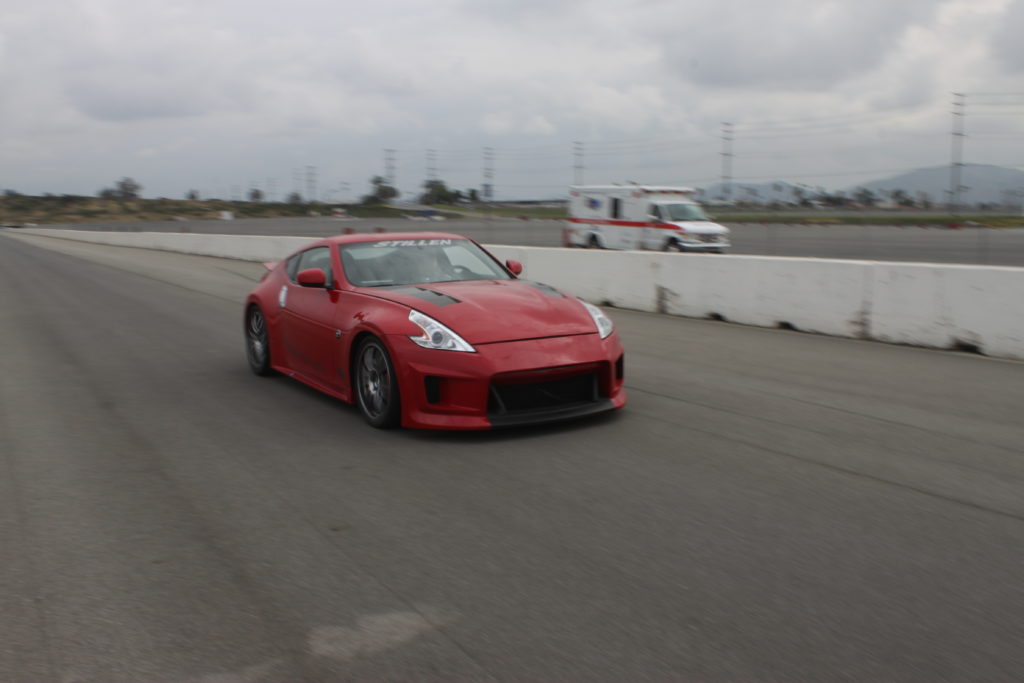
If there’s one thing you need to know about getting a racecar – or your car – ready for a trackday, you need to know that heat management is critical to performance and reliability.
What we’re discussing here is applicable to a wide variety of vehicles – today’s high performance trackday darlings all suffer from cooling issues when driven in anger for more than a few laps – the Civic Type R, E92 BMW M3, Shelby GT500, Focus RS, Dodge Viper, Mitsubishi Evo X and Corvette Z06 all come to mind- these are just a few examples, and they’re by no means the only ones.
DetroitSteel’s Track Report from a Corvette Forum, C7 Z06 Overheating after a track session
Going fast makes things get hot. Heat kills engines and transmissions faster than anything else, which is why Auxiliary Cooling is so important. As STILLEN founder and Championship-winning Racer Steve Millen puts it,
“In racing, heat is the enemy, and this applies to brakes, transmissions, engine intake, engine oil and water, steering etc. Until the racecar has all these areas under control, the car will not be able to reach its potential consistently. In a race car, the driver also needs a supply of fresh air- not necessarily cold air.”
In very loose technical terms, excess heat reduces horsepower output, depletes oil of its lubricant properties and burns its additives, and increases wear, and with that comes much higher risk of failure. Cooling your car where it needs it and ensuring airflow is getting to the right places makes all the difference in getting consistent performance on the track.
While in this article, we’ll be focusing on the mechanical half of the equation, it’s absolutely worth saying that the driver needs to have fresh air too. Cars on a racetrack are hot, so do remember that there’s a human in there that you have to consider, too. After baking for an hour at 120*f+ in a racecar, judgement begins to slip, you -will- get sloppy, and end up with performing more like a drunk than Senna. Speaking from personal experience, after an hour behind the wheel in the amateur 24-hours-of-LeMons, I was nowhere near as sharp and my line was getting sloppy around the time came to rotate drivers. So to keep both car and driver performing their best, fresh airflow is important.
With that said, let’s get into the cars.
As the saying goes, “To finish first, first you must finish.”
This statement is true, and applies just the same whether you’re an amateur racing the 24 Hours of LeMons in a beat up 80s BMW or a professional at the 24 Hours of LeMans in Porsche’s latest and greatest. The car’s potential for speed is meaningless if it doesn’t finish the race. While yeah, “Nobody but the guy in second remembers who finished second.”, it absolutely is an achievement to finish the race.
Manufacturers Know You’re Not A Racing Driver
Managing heat is incredibly vital on track, yet the reality is, since 99% of all performance “track day” cars will never see the starting grid, so, logically, from an OEM’s engineering standpoint, the cooling systems are setup to perform flawlessly for the way 99% of people will be using them. That’s travel, commuting and running errands, not racing. Since the majority of vehicles are engineered to perform well in daily driver conditions, rather than expecting everyone to be Parnelli Jones behind the wheel.
Obviously, enthusiasts like you and me want to take our performance vehicles to the track and explore the capabilities of our vehicles in a safe, sanctioned environment -we’re going to track the car. If you’re part of that 1% who is capable of pushing the car to its limit or even exceeding that, or just want to enjoy a fun afternoon at the track, we highly recommend looking at your cooling system to ensure your trackday fun isn’t cut short by limp mode or worse, engine damage.
Almost without exception, today’s performance cars benefit from auxiliary cooling, especially if you plan for track use. Given our experience with the platform, we’ll be using the Nissan 370Z as our example for this discussion, as the 370Z’s heat management in particular leaves a lot to be desired for racing use. Recalling our experiences testing and doing R&D, Steve Millen noted that,
“From the redesigned nose to all the auxiliary options, there are many improvements to be had (on the 370Z).”
Designed as a GT car, like virtually all ‘performance’ models, the 370Z was engineered for street use, the considerations necessary for racing simply are not needed because most people will not drive the car on a track nor are they capable of pushing it to its limits,
HEAT IS THE ENEMY
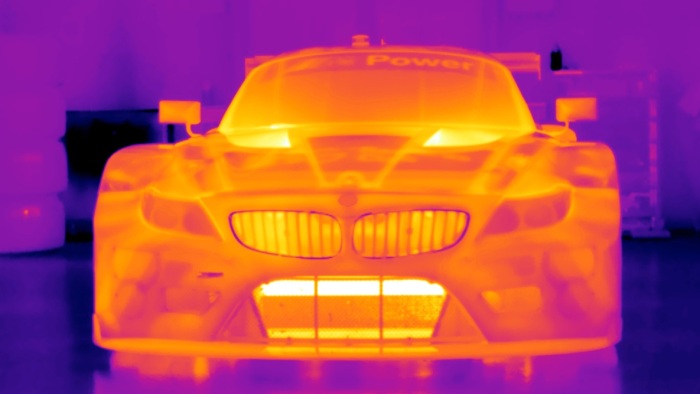
FLIR Image of IMSA BMW Racecar at VIR, via IvyTools blog shown for illustration purposes
As Steve pointed out, heat is what kills everything in the car- you included. Just as you may not feel so great when it’s 140*f in the cabin, your engine and other vital systems don’t do well when overheated. Just take a look at the Infrared image above – this infrared camera shows thermal energy as being yellow, red and white, while cooler objects are blue and purple. The whole car is quite warm after a session, giving you an idea of the thermodynamics at work after a few hotlaps in your own car.
The STILLEN front bumper for the 370Z blends both form and function. Explicitly designed to provide superior cooling and enhanced aerodynamics, it features a larger radiator opening, provisions for an oil cooler and transmission or power steering cooler as well as brake duct mounting provisions. Furthermore, it features an inlet to route air to the engine’s air intake as well.
There’s More Than Just Coolant – Going Beyond the Radiator
There’s more to effectively cooling your vehicle on the track than just the radiator- there are many pieces of the puzzles to account for in order to have the car consistently perform on track. Let’s start with the most obvious – the engine itself. Imagine you’re running Streets of Willow, making good time, nearing the end of your 2nd hot lap when suddenly an error pops up on the infotainment screen and power falls on its face as the car goes into limp mode, warning of overheating. Your engine has both coolant and oil, and both fluids are responsible for pulling heat out of your engine.
In the 370Z’s case, the radiator unit itself is fine, the opening feeding it is undersized and could be more efficient with better airflow through the front fascia. It’s not the coolant that’s overheating, it’s the engine oil itself. There are some caveats to this, some cars, the radiator is the issue – the Fiesta ST, for example, needs a larger radiator to hold up to a trackday on a tight, technical course without many long straights to force a bunch of air through the cooling system. In other cases, ducting, clever undertray or radiator fan shroud can resolve coolant temperature issues.
When your oil heats up, it expends its protective additives and its lubricant properties are diminished further and further the hotter it gets – and these don’t come back once it’s cooled. Keeping your oil cool keeps the engine cool, and also has the benefit of keeping your oil in the temperature range it was designed to operate and protect your moving parts in. By keeping your oil properly cooled, it ensures everything is lubricated as it’s supposed to be, helping extend oil life and stave off engine failure.
This means your engine can’t perform, and being riddled with more sensors than you can shake a stick at, your car’s ECU realizes “The engine oil is too hot! I better turn down the power to protect myself!”, and voila, you’re in limp mode.
But wait! My Car’s Not A Race-Car, I just track occasionally. Do I really need an oil cooler?
On the surface, outside of track use, adding auxiliary coolers might seem unnecessary – but let’s take a look at a real world example of how useful they really are. This story is a bit on the longer side, but stay with us for a moment here.
Auxiliary Cooling – The Reason Why A Crown Vic PPV Can Last 1 Million Miles
If you want to know how effective auxiliary cooling really is – just look at venerable Crown Victoria Police Interceptor. Your average USA-spec Police Interceptor boasts a slew of auxiliary cooling addons– oversize power steering coolers, transmission coolers and engine oil coolers are all typical upgrades for a standard police vehicle. These aren’t race cars, but they are subjected to a harder life than your average car, as they’re required to idle for extended periods of time and occasionally need to be pushed hard during a pursuit.
Now here’s the rub. The civilian, NON PPV Crown Vics tend to have a service life of around 150k or so before failures begin to happen – and yet tens of thousands of police interceptors are still on the road, decades after retirement with north of 350k (some with as many as 1,000,000 mi!) on them, still running on their original engines and transmissions. Since the auxiliary cooling is one of the few differences between a civilian car and a PPV, it’s reasonable to infer that the auxiliary cooling is what’s responsible for the long lifespan.
It’s a testament to the long-term value of good auxiliary cooling. While the immediate on-track effect is what you’ll immediately notice, it’s the lengthened lifespan that’s the REAL value.
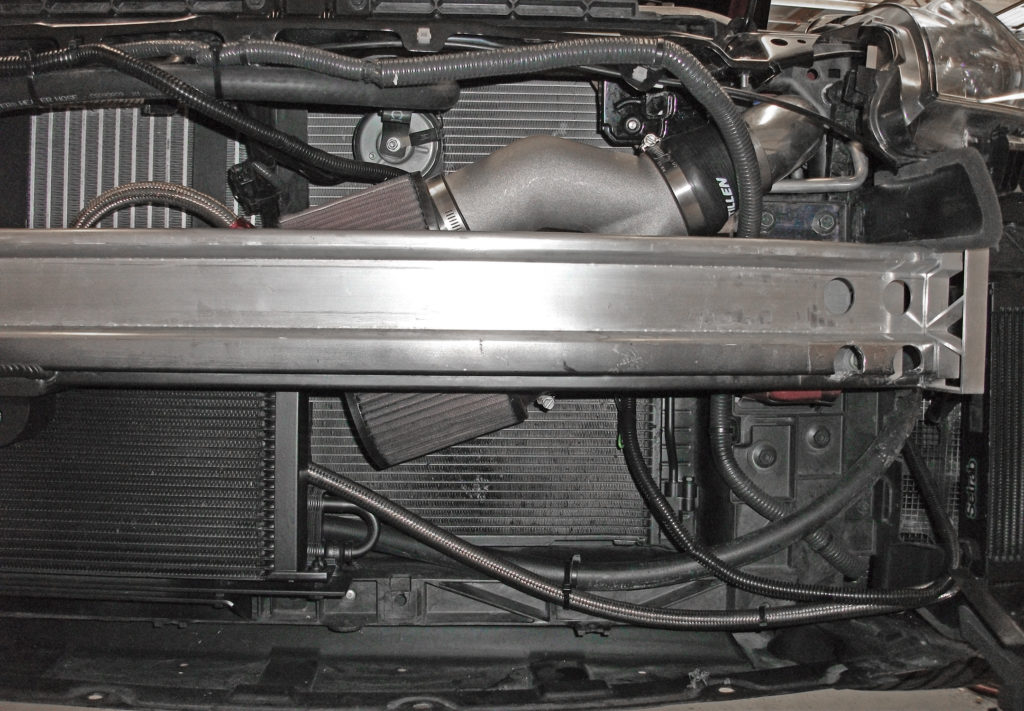
Adding an oil cooler – such as the SETRAB Oil Cooler Kit for 370Z (400637) will help keep the engine oil temperature where it’s supposed to be, and because there is more oil volume, it doesn’t heat up as quickly, all of which contributes to keeping Limp Mode at bay. This doesn’t apply only to the 350Z and 370Z and their VQ engined sistercars, but really, most of today’s performance vehicles can stand to benefit from an auxiliary oil cooler.
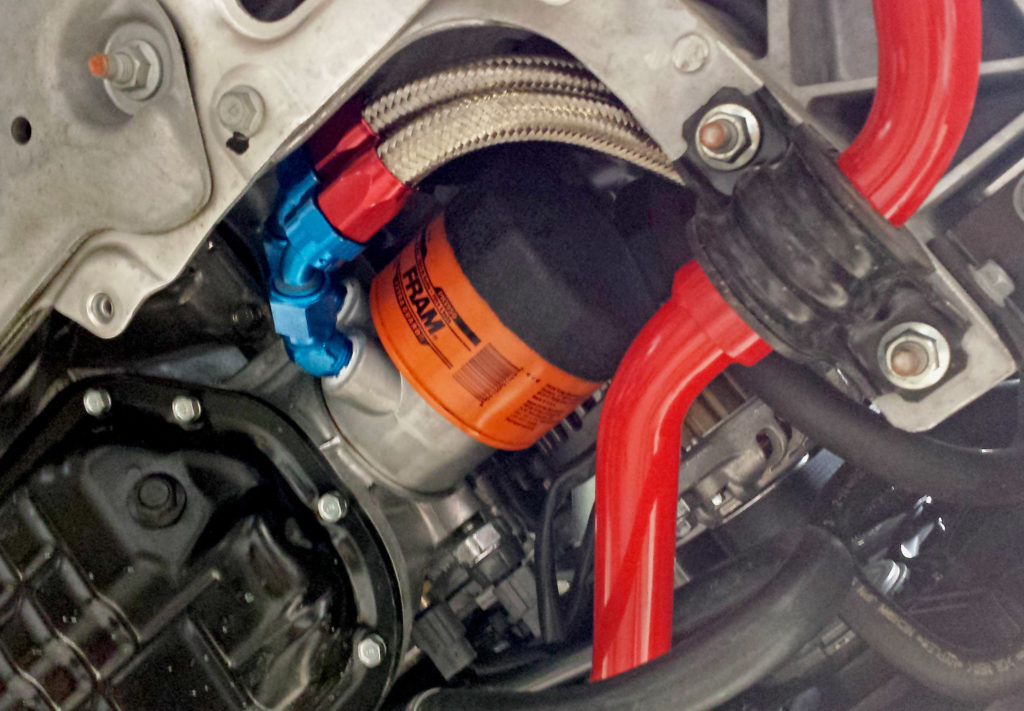
Most oil cooler setups use a ‘sandwich plate’, which is ‘sandwiched’ between the oil filter and the engine block, and diverts the oil that would go directly to the filter through the lines and to the auxiliary cooler, before returning, passing through the filter and returning to the sump.
With the oil itself resolved, the next issue is steering. Yep, you can overheat that, too. For the same reasons you get brake fade, power steering can overheat and fade as well if you’re negotiating esses lap after lap.
Power steering fluid heats up too, especially negotiating esses lap after lap. With wider or larger diameter wheels under aggressive driving conditions, you’re seriously risking boiling or cooking the power steering fluid. By replacing the undersized OEM steering cooler with a STILLEN Power Steering Cooler for 370Z (400736), you’re increasing the volume of fluid, so once again, it will take longer to heat a greater amount of fluid – and a larger capacity cooler will keep fluid temperatures in check.
Of course, if you have an automatic vehicle, you’ll want an Automatic Transmission Cooler. This upgrade is a “Mandatory” item for anyone considering tracking their car with an automatic. Your automatic transmission is particularly vulnerable to heat, and keeping its fluid safely within its operating temperature will go a long way towards keeping your automatic transmission from failing. While the gear oil in a manual can get hot, too, this is not really an issue, whereas too much heat in an automatic makes bad things happen fast.
If your Z, G, Q, Titan – or really any car, is equipped with an automatic, an automatic transmission cooler (400740) is critical if you plan to push the vehicle hard in any way – such as towing, or if you live in a hot climate, or plan to regularly track or race the car.
That brings us to the ‘elephant in the room’ with auxiliary cooling – the brakes, and on the 370Z in particular, these are an issue. This isn’t an issue for many cars, but for ones with more closed-off front ends, this may be an issue.
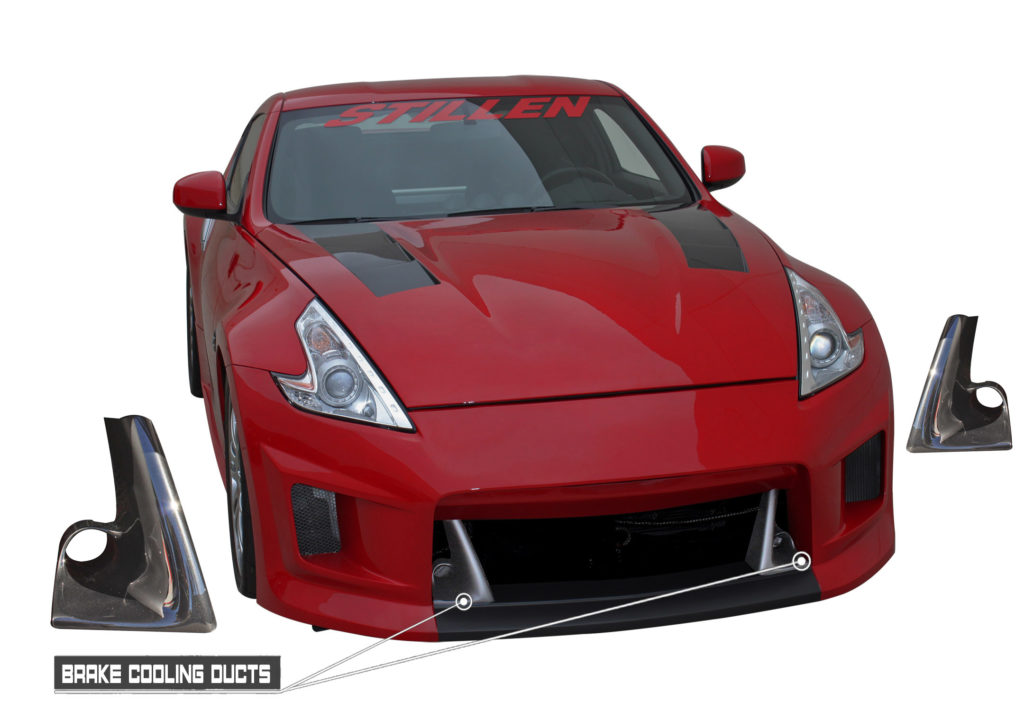
The factory front fascia as well as the Nismo front bumper don’t allow enough air to reach the front brakes, causing them to overheat quickly and fade to the point of outright failure. It’s not the brakes’ fault – the Akebono Calipers and rotors on later Nismos work great when given adequate airflow. There are a variety ways you can do this – in the case of the 370Z, we engineered a brake cooling kit to resolve the issue.
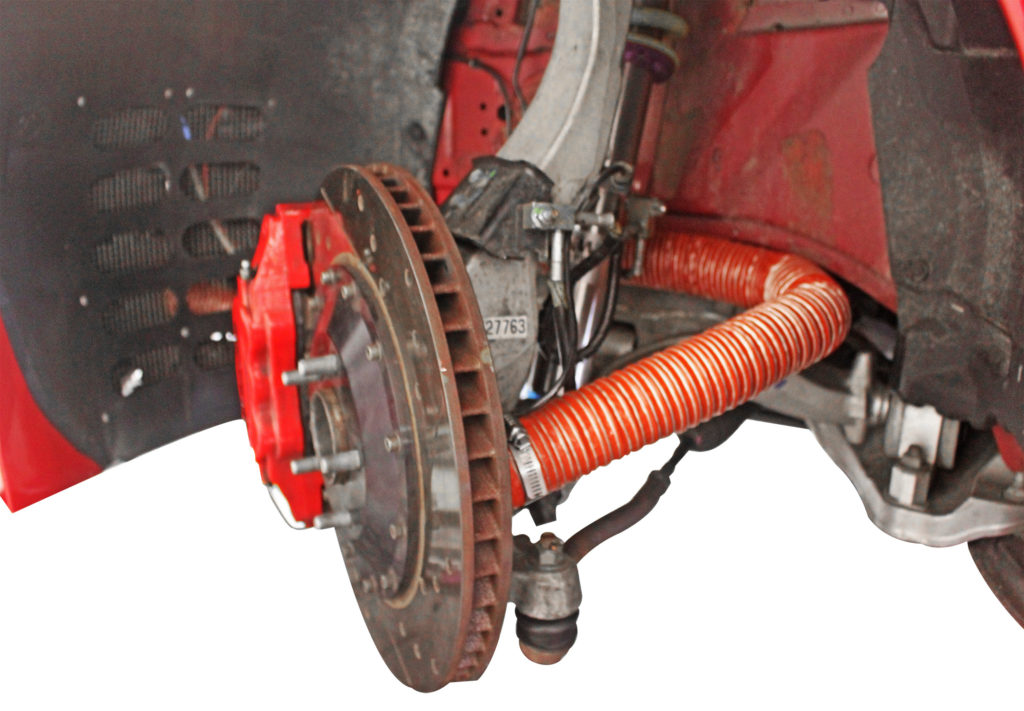
Since the brakes aren’t getting the airflow they need, we engineered a solution to that problem. Vented brake rotors are an air pump, and the vanes work a lot like the impeller blades of your water pump. Air is drawn in from the backside of the rotor hub, then passes through the vents of the disc, before exiting through the outer edge of the disc. Cross-drilling provides an additional exit path for hot gasses as well as more surface area for thermal transfer, and slotting helps keep brake pad debris from accumulating on the rotor. To solve the problem, we used the same high-temperature ducting we use on the #75 Nissan 300ZX IMSA racecar, feeding the brakes cool, fresh air.
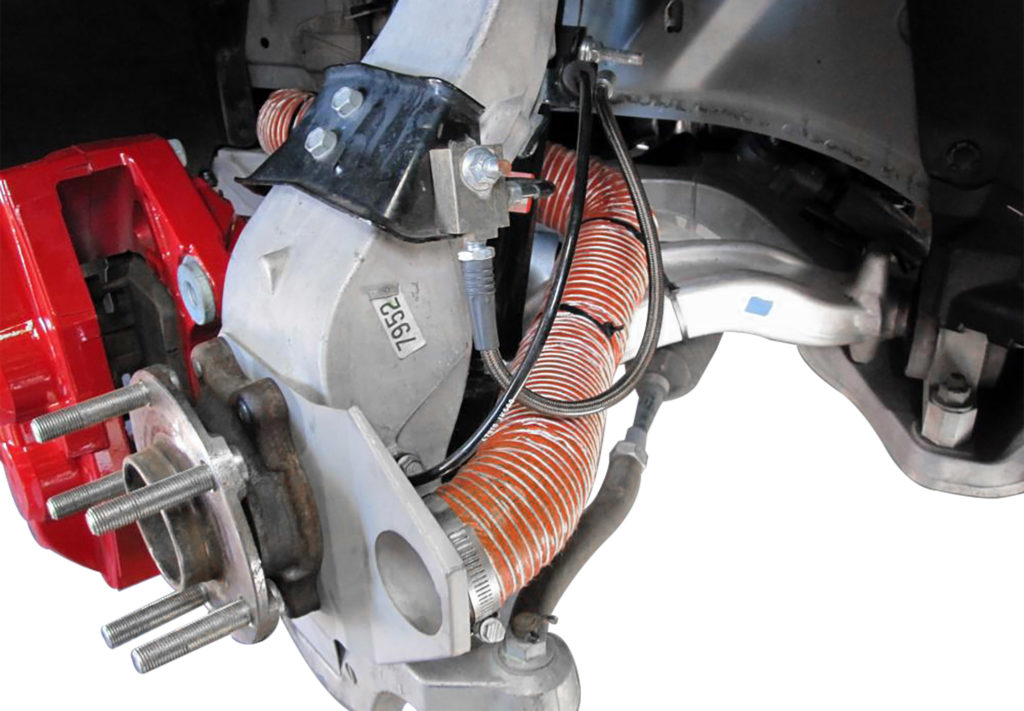
Our solution was to CNC engineer a special backing plate that installs between the rotor and hub – we opted for bare metal here, as any powdercoat or paint would add thickness and potentially throw off the car’s sensors. The duct outlet is positioned to feed cool, fresh air into the brakes, allowing the brakes to function properly instead of heatsoaking and invoking the notorious ‘370Z Ice Mode’. While this solution is specific to the 370Z, the same principles can be applied to virtually any car with vented disc brakes with brake fade issues.
If you’d like to know more about the Brake Cooling Ducts for 370Z, check out our blog post on those here.
That covers the basics of auxiliary cooling – with these supporting modifications, you have the peace of mind to confidently enjoy your trackday and perform as well as your skill allows, rather than ending the fun with a DNF.
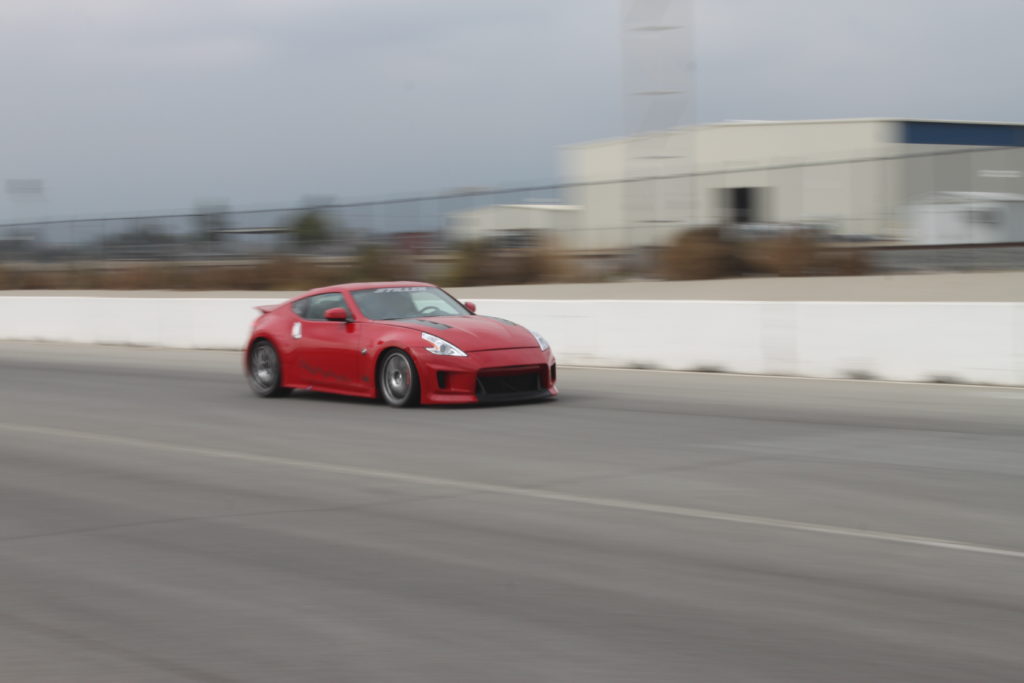
By giving your engine a larger radiator if needed and an auxiliary oil, power steering and automatic transmission fluids, your powertrain has the cooling it needs to survive the abuse of enduring a trackday in southern California heat.
If you’re interested in getting your car ready for your next trackday, call us at 866-250-5542 to speak with our experienced performance Specialists, or chat live with the team at www.stillen.com – thanks for joining us! Catch you next time.

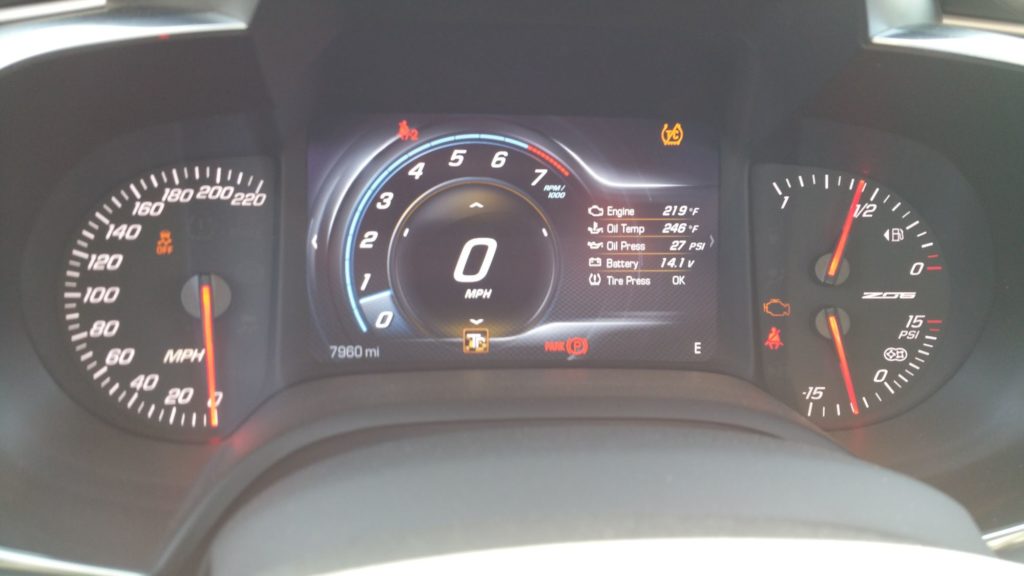
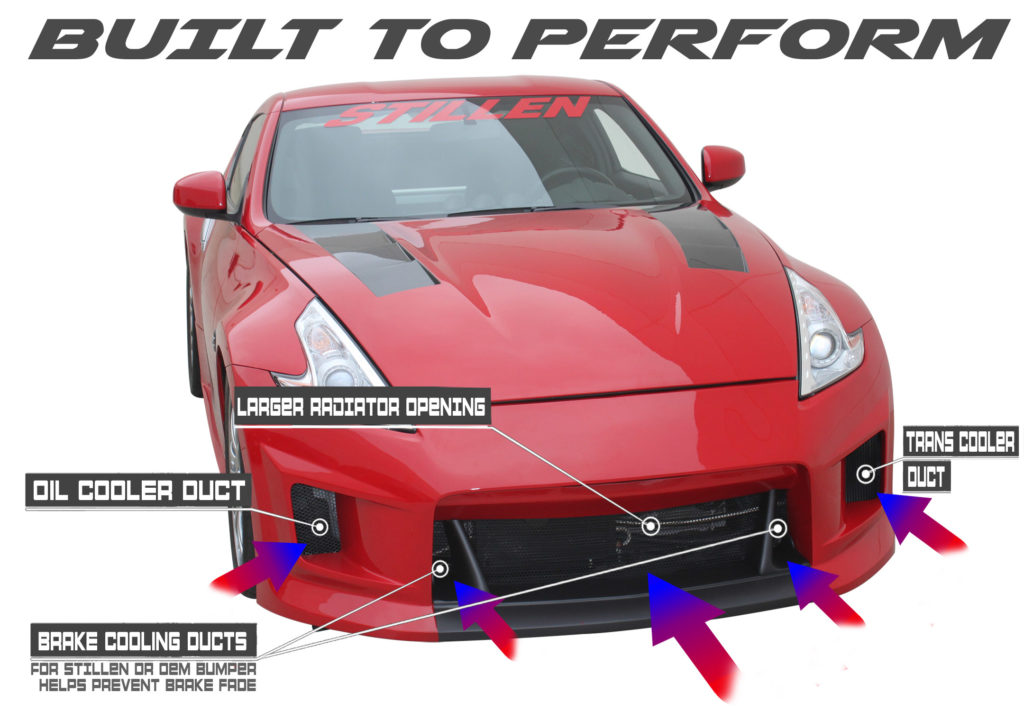
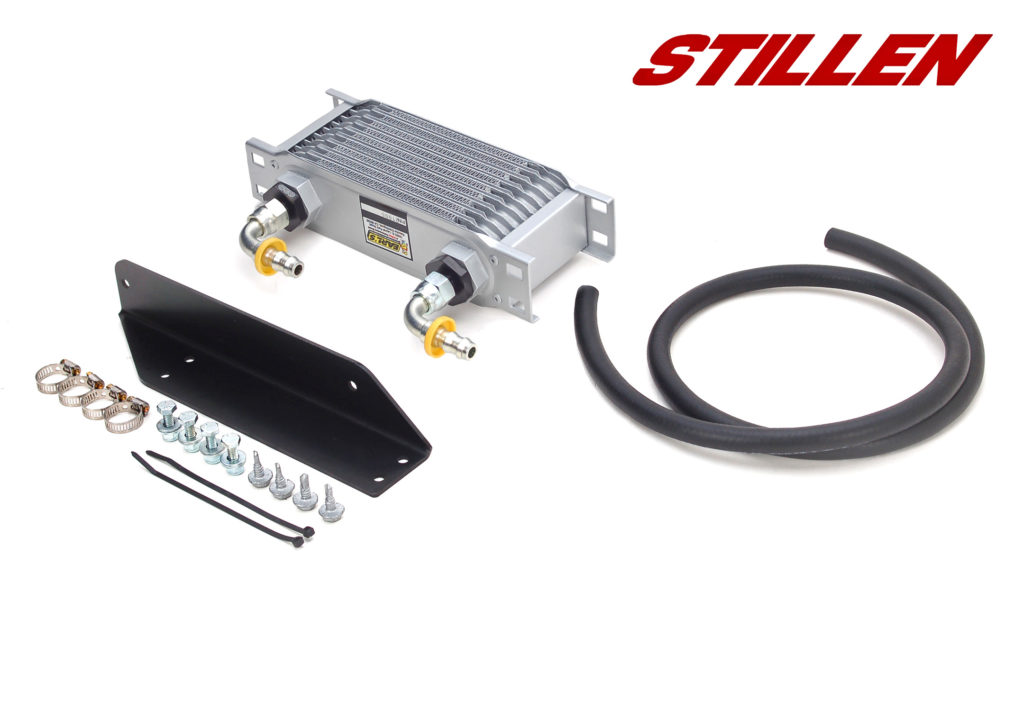
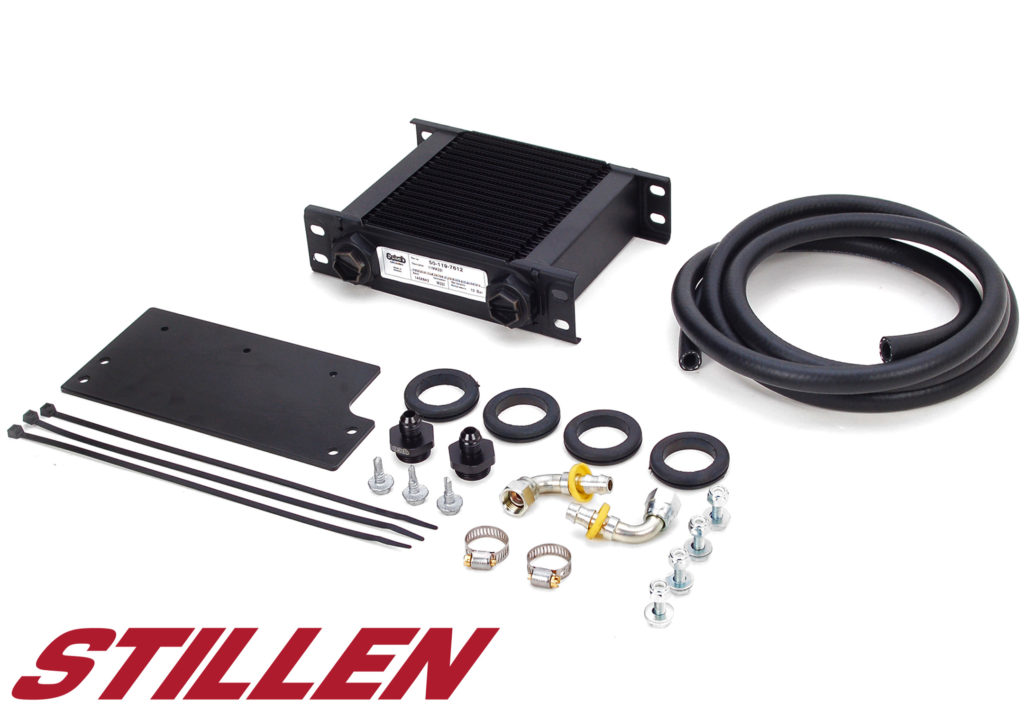
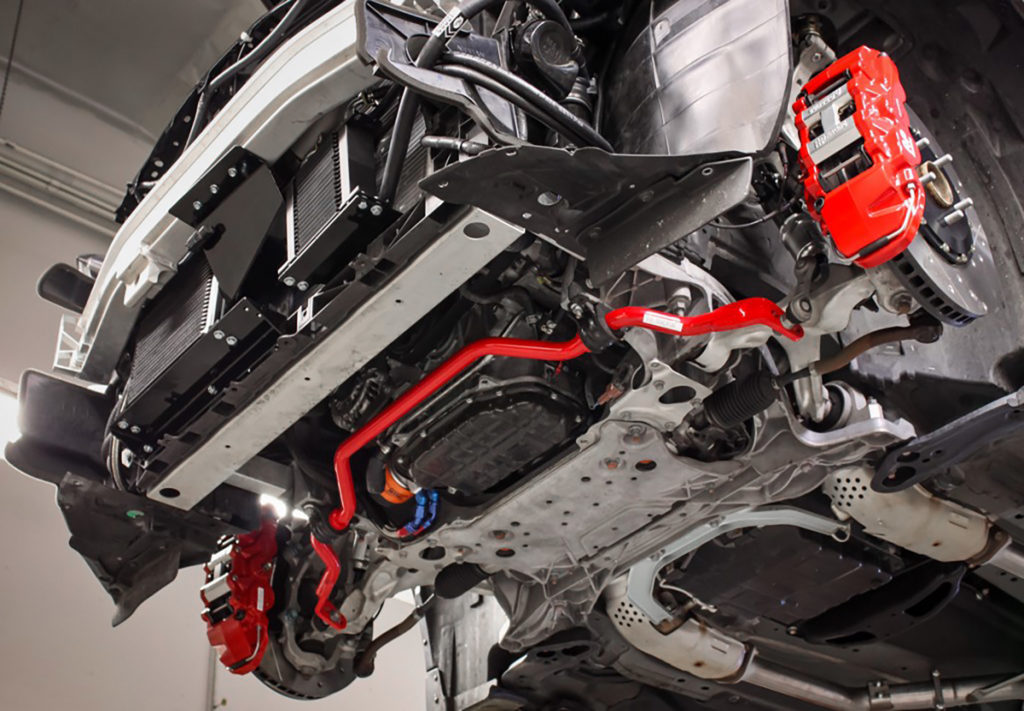
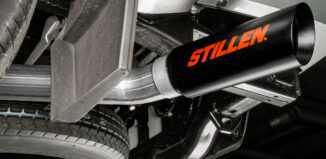
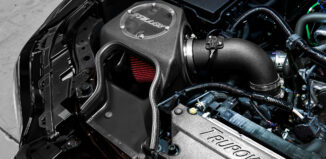

Stillen’s Kenny D was a great help to me in keeping up with the GTR’s. He outfitted my 2018 nismo 370z with supercharger,exhaust,oil cooler,slotted and drilled rotors, HDSS clutch/alum flywheel, Stillen shifter, zSpeed clutch slave cylinder, Stillen crank pulley, osiris tune, Stillen sway bar, warranty, KW coilovers, hawk pads, all of which I had lead tech varga install at don davis nissan in arlington tx install.